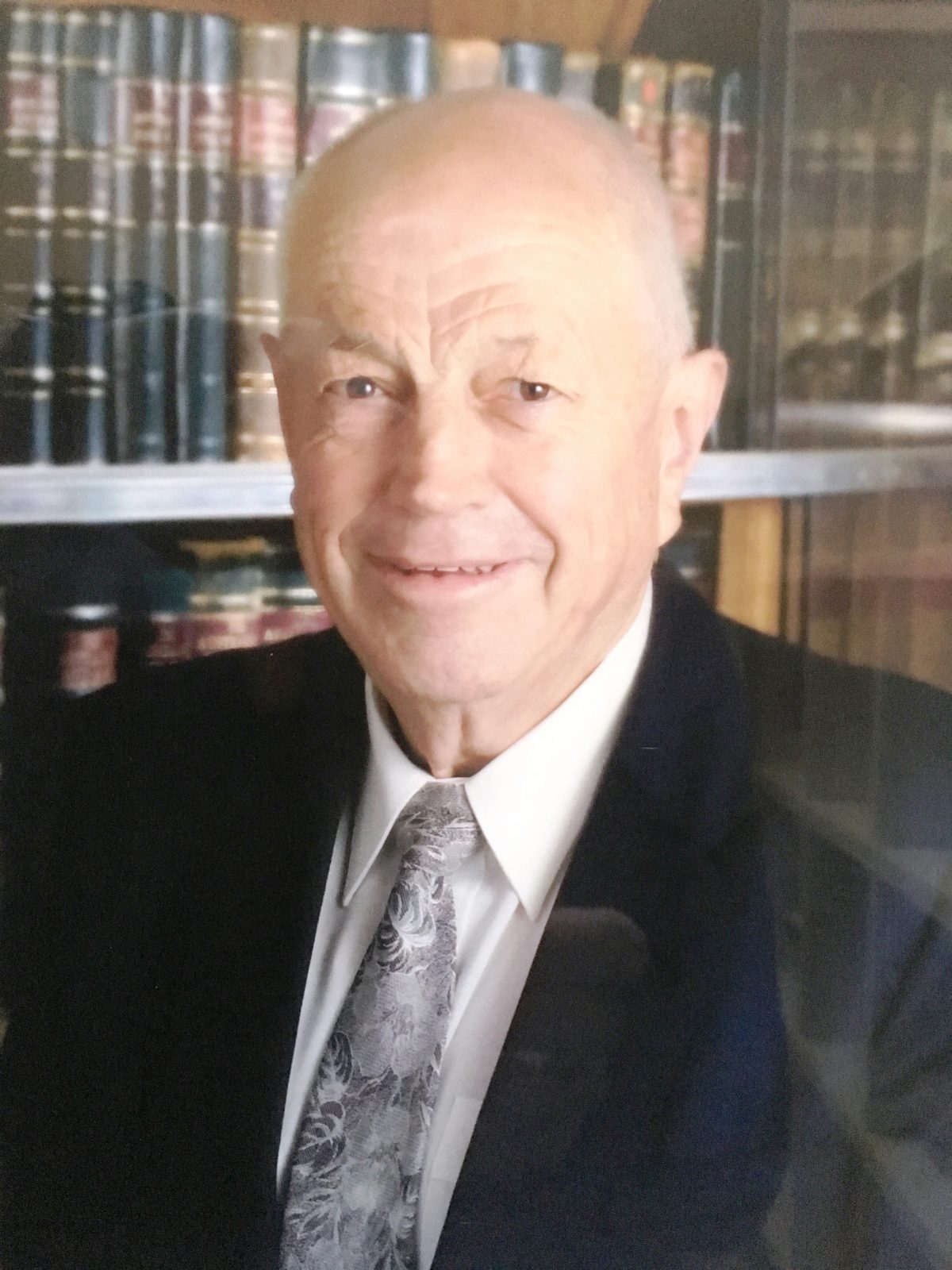John Digby
I include John Digby in my schedule because of his very close associations with Scone and the Upper Hunter. As keeper of the Australian Stud Book he was revolutionary. He therefore had an enormous impact on so much which took place on the myriad thoroughbred studs throughout our district. As regulations go I would stretch it as far as to say he probably had more impact on established practices than anyone else before or since? It’s a bold statement. I’m sometimes prone to hyperbole. I think it works. I like superlatives especially and agree with Oscar Wilde (up to a point) that ‘nothing succeeds like excess’.
John and Betty Digby were also consistent regulars at both the Upper Hunter Thoroughbred Breeders Annual Dinner and the Scone Cup in May. John and Betty were the guests of John Morgan and Robyn Hodgson. John was also a very close friend of mine. He could be doggedly forthright; almost to a fault.
See also: https://sconevetdynasty.com.au/keepers-of-the-australian-stud-book/
Vale Mr John Digby
Mr John Digby, former Keeper of the Australian Stud Book, has passed away aged 84 years.
A veterinarian, John Digby was appointed Keeper of ASB in 1988 and made many significant changes during his tenure including establishing the stud book records on a website in 1997, the first stud book authority to do this. On Mr Digby’s retirement in 2004 Michael Ford was appointed.
Mr Digby brought modern management practices to the organisation combining this with regular communication with industry stakeholders such as the professional breeders and veterinary associations, commercial breeding associations, race club officials, stewards, and any professional whose advice would be useful.
This enabled Mr Digby to bring about significant change to the age-old identification system for thoroughbreds, the benefits of which will be felt many years down the track.
Fairfax journalist, Mr Max Presnell, once wrote: “John Digby protects his fiefdom with all the diligence of a medieval knight, but where they once warded off invaders with the lance and battle-axe, Digby uses commonsense – and the odd expletive. ‘I think if thoroughbreds were trained and fed as they were in the past and had the same conditions, they would be just as good.
‘It is the way we have selected them that has made changes. They are going faster than they did before. I know tracks have improved, but people are saying there is a narrowing of the genetic base and the breed is getting weaker. All the genetic evidence indicates that’s codswallop.’
Yet in his position with the Stud Book, Digby has had a canny eye for the bottom line. One of his major successes was the recent decision to introduce microchip identification.
‘The Fine Cotton ring-in wouldn’t have occurred if we had microchips,’ he said, listing its other advantages over horse certificates as efficiency and cost-saving. Shifting horses on trucks and dropping them off in the dark at studs will be far more specific than ever before with no way a problem can occur.’
Thus, instances of stallion prospects being gelded by mistake, which has happened, will be eliminated. Has there been much chicanery?
‘Not deliberate attempts but accidents did occur,’ Digby said. ‘We use the vet ID with the brand as part, and blood typing to back it up. Now we have the DNA. They all have their place. Any of the three will allow you to identify the horse.’ Digby predicts the microchip could save up to $70,000 a year in indirect costs.”
Under John Digby, major developments at the Stud Book, started in 1878 by W. Yuill and Co and purchased in 1910 by the Australian Jockey Club and Victoria Racing Club, have been the introduction of DNA testing and a website on the internet.
“Breeders now feel the Stud Book is doing something for them,” he said. “It has reduced the number of phone calls and queries. Importantly, we don’t get complaints. When I came here in late 1988, we had a correspondence backlog of four months. Now it doesn’t occur.”
John’s successor Michael Ford has written about John Digby in ‘History of the Australian Stud Book Volume II’.
John Digby, Keeper 1988 to 2004
A Sydney University veterinary degree graduate in 1954, gained a Masters of Business Administration from University of NSW in 1973. Born in Ashburton, the South Island of New Zealand.
- Modernised management systems, 1990
- Established stud book records on a website, 1997, the first stud book authority to do so
- Produced a CDROM version of McFadden’s “Thoroughbred Families’ and ‘Sires’ of Australia and New Zealand”” 2001
- Regulated the date of coverings to determine the age of a foal, 2001
- Converted blood-typing to DNA typing, 2003
- Introduced online mare returns, 2003
- Implemented microchipping, 2003
- Established a National Brands Register, 2003
An example of John Digby’s ability to think laterally is the rule to determine the age of a foal. The issue arose with statistics showing an extraordinary number of foals born on 1 August, the horse’s official birthday. Rather than bring in onerous regulations to police this or send race officials to visit studs during the last week of July, Digby looked at the problem from the other side, realising that you cannot control the date of foaling but you can control the date of covering. From this an official starting date for the covering season as 1 September was implemented and any mare which was first covered from that date would have her foal accepted with the current foal crop even if it was born in July. Racing and breeding officials agreed this was a pragmatic solution to an age-old problem and although the outcome was initially criticised by northern hemisphere stud book authorities, the rule was quickly established in New Zealand and South Africa.










